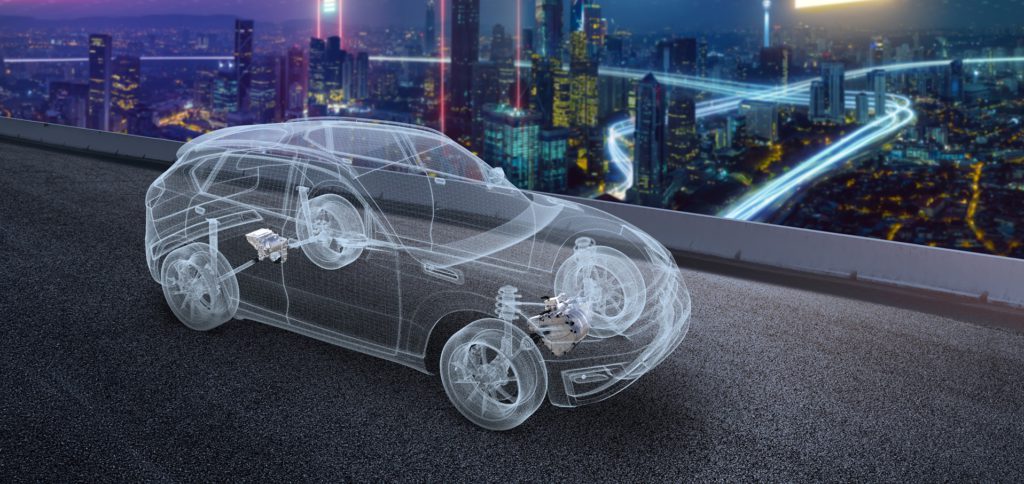CES 2021: Magna champions LG venture as a new-entrant enabler
13 January 2021

13 January 2021
Automotive supplier Magna has used the Consumer Electronics Show (CES) to expand upon its recently announced joint venture with LG, stating that the tie-up gives the business ′opportunities to improve efficiencies in electric-vehicle (EV) technologies.’
The venture will supply electric powertrains to Jaguar Land Rover (JLR) and General Motors (GM), while the technology is also expected to be used in the upcoming Fisker Ocean. Magna also mentioned supply deals with Sony for its S Vision car unveiled at CES last year and Chinese EV specialist ARCFOX.
The company highlighted its building-block approach to its EV infrastructure, stating that partnerships were important to bring a complete solution to its clients. By working with others, it would be able to provide the technology requested by customers in a more efficient manner.
′By combining our strengths, we gain investment efficiency and speed to market with synergies to achieve more,’ Magna CEO Swamy Kotagisaid commented. ′There are a lot of opportunities that exist.’
′The JV is an example of a true innovation partnership, and it fits into LG’s strategy to supply the automotive industry,’ added Brian Kwon, CEO of LG Electronics. ′We see the automotive business as one of the key drivers of our future business portfolio. Our aim is to be one of the industry’s leading suppliers of automotive components and solutions.’
Magna has been producing electric drivetrains since 2012 when its technology was first featured in the Ford Focus EV. The company forecasts that by 2030, internal combustion engines will make up less than a quarter (20-23%) of the automotive market, with electric vehicles, including battery-electric vehicles (BEV), plug-in hybrids (PHEV), hybrids and mild hybrids making up the rest.
Entrant enabler
Magna used its virtual display booth to champion its position as a new-entrant enabler thanks to its ′complete vehicle expertise’.
I can say upfront that we as a supplier think that traditional OEMs face the challenge to serve two kinds of customer demands,’ commented Frank Klein, president of Magna Steyr. ′On the one hand, the demand for state-of-the-art combustion engines, and on the other hand, the demand for electromobility and digitalisation in the car.
′Compared to this, we think that new entrants have the advantage of only having to fulfil the demand for electric-drive and connected vehicles. But they don’t have all the relevant assets at hand that they need to bring a vehicle to the road. This is where Magna, and especially its complete ecosystem segment comes into play.’